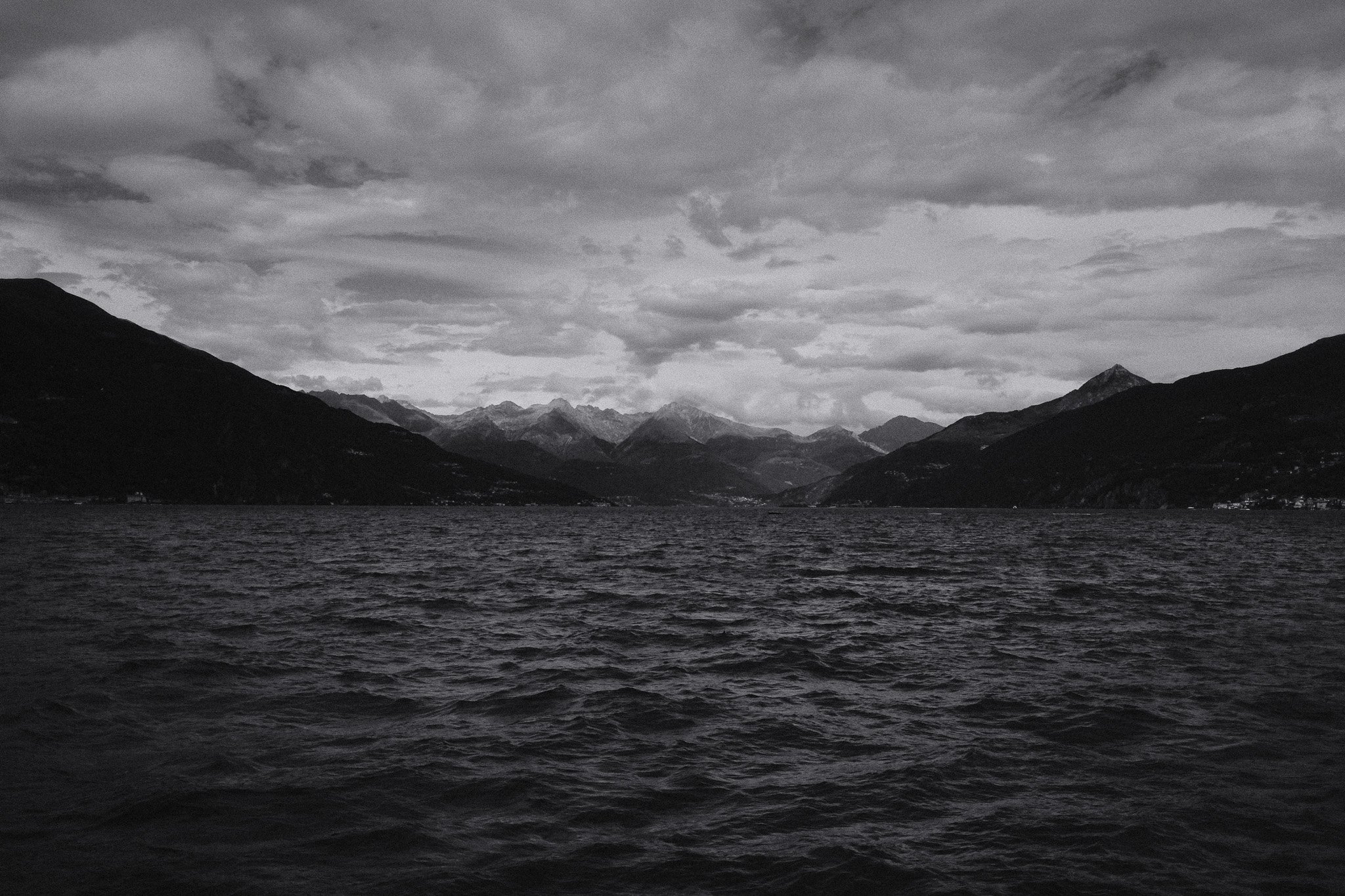Creating an Oppenheimer Fujifilm Film Recipe
Shot with the Fujifilm X100V. Using my Film Recipe: DBK BLK-WHT
Christopher Nolan’s Oppenheimer has undoubtedly left a profound mark in my mind. I’ve seen the film four times now, and despite the ‘long’ 180-minute, feature film run time, each time it concludes I find myself wanting to come back for more. On special part of the film, beyond the moving story of the father of the atomic bomb, was the sheer beauty of the numerous film-stocks used through the picture. From variations of Kodak colour film-stock that was utilised, Nolan has reportedly worked with Kodak to develop specific 15/70MM IMAX film in Black and White Film, which was jaw-dropping to experience.
Coming from the film, although much to my quick disappointment, it’s obviously quite inaccessible for the average photographer, filmmaker or even film enthusiast to get their hands on 35MM Black and White film, without breaking the bank. Personally, I currently utilise two cameras, my trust Blackmagic Pocket 6K Pro, for all things cinematography, and my Fujifilm X100V, a prime, 35MM replicating, point and shoot APS-C digital camera, that is well known for having the capability, and generating the community, of creating film simulation ‘recipes’.
Lake Como, Italy. Shot on FujiFilm X100V with Film Recipe: DBK BLK-WHT.
I’ve shared plenty of these and other coverage on my YouTube channel (@DesignedbyKirk), from Kodak film stock, to Kodachrome recipes, to different film simulation approaches (predominantly found on Fuji X Weekly), I’ve had a blast finding recipes, and taking my camera out and just shooting, no editing, because the results coming from this camera, are just wonderful, without the need to conduct any edits. JPEG only!
One thing really want to stress, is that all images you see on this post, have not been edited, for exposure, colour, contrast, or anything that would alter the appearance of the black and white look (or colour look for the DBK KODAK recipe). What you see, is shot on JPEG, straight out of my Fujifilm X100V.
After viewing spending 13+ hours in theatres watching Oppenheimer; (Twice in 15/70MM IMAX Film, Once in 4K IMAX Digital and finally, in a beautiful 70MM print at Village Cinemas Rivoli) - I decided to create a recipe, that replicated the widescreen 35MM and 70MM film prints from the film, in addition to a colour, Kodak Recipe, of which you can firstly see below:
Film Recipe: DBK KODAK
DBK KODAK - Inspired by the colour sequences in Nolan’s Oppenheimer.
DBK KODAK Recipe:
Image Size: JPEG Normal
Film Simulation: Classic Chrome
Grain Effect: Weak Small
Chrome: Strong
Chrome FX Blue: Strong
White Balance: 5700K R -2 B - 2
Dynamic Range: 400 (Priority Off)
Tone Curve: H -1 S -1
Color: +3
Sharpness: -1
Noise Reduction: -2
Clarity: +1
Now for the main event, and I commend you for scrolling this far. To showcase the film recipe I label as ‘DBK BLK-WHT’, a Fujifilm film emulation recipe that is inspired by Nolan’s Oppenheimer, 35MM and 70MM widescreen black and white sequences. A tonne of grain, great texture and detail, with plenty of contrast and a touch of green tint. Can be used on a Fujifilm X100V or most other new Fujifilm cameras, one that would be a delight to utilise on a medium format Fujifilm camera, but that’s a story for another day.















The combination of the shallow depth of field and grain, really brings this recipe to life. Not just for Oppenheimer look-alike portraits!
DBK BLK-WHT Recipe:
Image Size: JPEG Normal
Film Simulation: ACROS+R
Monochromatic Color: WC -1 MG -1
Grain Effect: Strong Small
Chrome: Off
Chrome FX Blue: Off
White Balance: 5500K R: 4 B: 7
Dynamic Range: 400 (Priority Off)
Tone Curve: H +1 S +3
Sharpness: +1
Noise Reduction: -4
Clarity: +1
If I were to wrap up this piece, tie it up with a bow and all… I’d say the purpose of creating this recipe was really to enjoy shooting anything with a ready to use and share format, that reminded me of the enjoyment I had when viewing the black and white sequences in Nolan’s film. It’s not made just to replicate a hero shot of Cillian Murphy’s epic portrayal of a man that went through such triumph and tragedy, in such a short period of time. But to enjoy wherever you might choose to point your camera.
Unless you have already, feel free to watch a short video I made, where I also showcase some other ways you can replicate an IMAX look using some digital manipulation techniques, which are fun to play with.
Thanks for reading, I look forward to seeing what you capture with this recipe. If you do decide to give it a go, share me some of your results over at: @DesignedbyKirk on Instagram or Twitter. Alternatively, you can find my contact information, in Contact page, here on my site.
A big thank-you to Tia Jupi, for greatly assisting me in capturing & replicating Cillian Murphy iconic, first-look as portraying Oppenheimer.







